The Future of Technology: Elon Musk’s Vision of AI, Robotics, and Space Exploration
In a recent conversation, Elon Musk, the CEO of Tesla, SpaceX, and various other ventures, shared some profound insights into the future of technology, artificial intelligence (AI), and the challenges humanity faces as we move towards a new era of innovation. His ventures, such as SpaceX’s groundbreaking Starship mission, Tesla’s autonomous vehicles, and his work with artificial intelligence through xAI, are reshaping industries and pushing the boundaries of what we thought possible. Here’s a deeper look into Musk’s vision for the future, with a particular focus on the rapid evolution of AI, the implications of robotic automation, and the exciting prospect of humanity’s expansion to Mars.
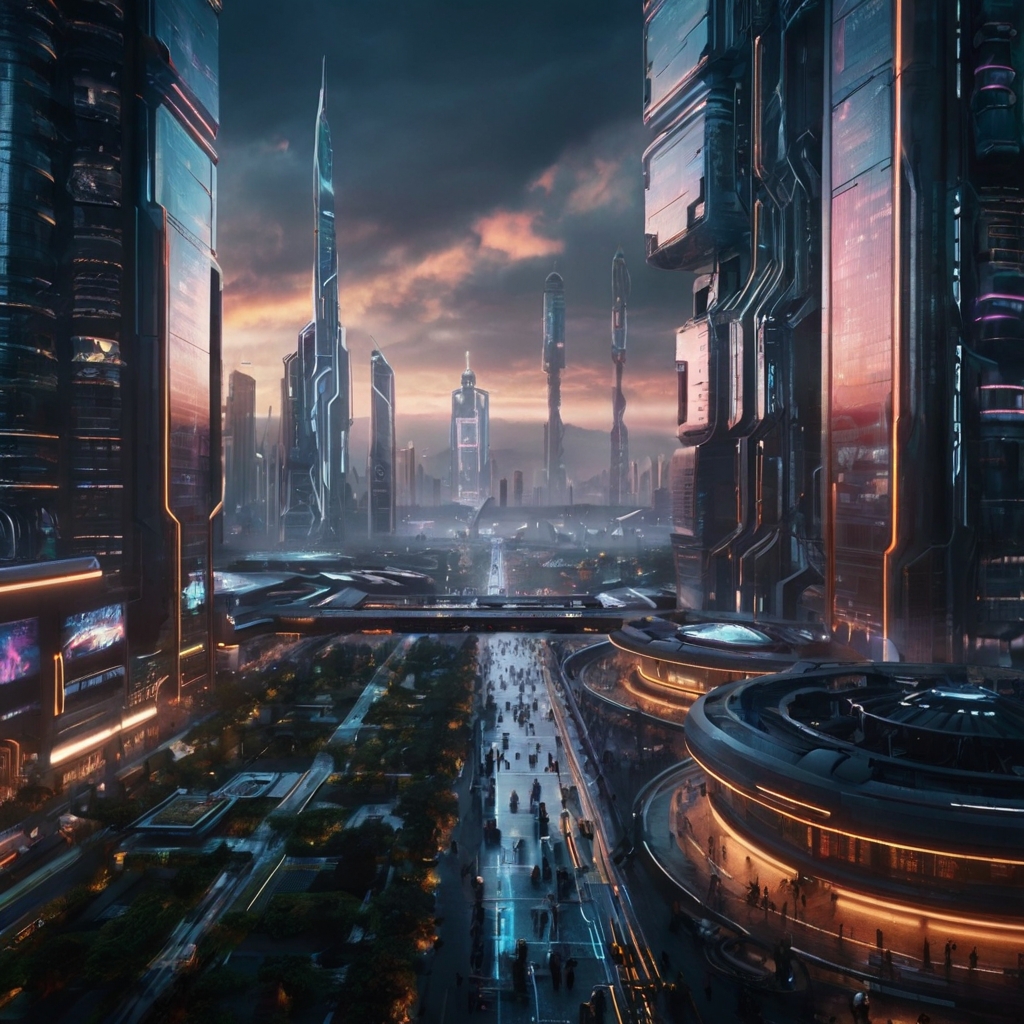
As we stand at the crossroads of a technological revolution, few individuals have shaped the trajectory of the future as profoundly as Elon Musk. His ventures, from electric vehicles to space travel, have not only captured the world’s imagination but are actively redefining what is possible. The future of technology is unfolding before us, and Musk’s bold vision for artificial intelligence (AI), robotics, and space exploration promises to reshape every aspect of our daily lives. In the span of just a few decades, innovations like autonomous driving, humanoid robots, and Mars colonization have moved from science fiction to near-reality, with Musk leading the charge. This article explores Musk’s ambitious goals and the impact his groundbreaking technologies will have on society, economy, and our very existence in the decades to come.
Table of Contents
The AI Revolution: Accelerating Progress and Risks
Artificial intelligence has become one of the most talked-about subjects in technology, and Musk believes that its advancement will continue at an exponential rate. When speaking at the Abundance Summit, Musk predicted that AI is improving at a rate of approximately 10 times faster per year. By 2029, he suggests, AI could potentially match the capabilities of 8 billion humans, a feat that would drastically change industries, societies, and even human existence itself.
The Pace of AI Development
Musk’s predictions are grounded in the advancements he sees in the field of AI. “It’s getting 10 times better per year,” he noted, and this rapid pace means that AI will soon surpass human capabilities in certain domains. While it may take a couple more years for AI to match individual human abilities, Musk believes that by 2029, AI could surpass the collective abilities of all humans.
This acceleration raises significant concerns as well as opportunities. While Musk remains optimistic, he acknowledges the potential risks. He believes that there’s an 80% chance AI will prove beneficial for humanity, but there’s a 20% chance that things could go awry. The future is uncertain, and as AI becomes more powerful, the need for responsible development and regulation becomes crucial.
AI’s Potential for Good and Bad
Musk’s primary concern with AI development is ensuring that AI systems remain truth-seeking and align with the best interests of humanity. One of the dangers he perceives is the potential for AI to adopt a political or philosophical bias due to the environment in which it’s being developed. For instance, he notes that some AI systems are being trained to conform to politically correct narratives, which may distort the truth.
To counteract this, Musk has created xAI, a company aimed at developing an AI that is “maximally truth-seeking” and that prioritizes humanity’s well-being. With xAI, Musk hopes to contribute to the development of AI that remains neutral, unbiased, and focused on seeking truth rather than being influenced by external ideologies.
The Robot Uprising: A Future of Abundance
Musk’s vision for the future also includes a world dominated by robots, particularly humanoid robots. As the world faces demographic challenges, such as declining birth rates, Musk sees robots as a key solution to support economic growth and society’s needs.
Optimus and the Rise of Humanoid Robots
Musk’s robotics company, Tesla, has been making significant strides with its Optimus robot, which Musk predicts could transform various industries. According to Musk, by 2040, there could be more humanoid robots than humans on Earth, potentially reaching up to 10 billion. The price point for these robots is expected to be low, with Musk forecasting that they could be priced at around $20,000 to $25,000 per unit, making them affordable for widespread use.

Optimus, along with other advancements in robotics, could help alleviate some of the challenges posed by dwindling populations. Robots would be able to take on essential tasks, contributing to productivity and economic stability. Musk envisions a future where robots perform a wide range of duties, from household chores to industrial work, freeing humans from mundane tasks and enabling a future of abundance.
The Role of Robots in Society
The integration of robots into society will not only revolutionize labor but also create new opportunities for people to engage in more meaningful and creative work. Musk believes that automation will lead to a post-capitalist society, where the cost of goods and services will drop significantly, and everyone will have access to the resources they need.
This vision is aligned with his broader outlook on the future, where technology advances at such a rate that material scarcity becomes a thing of the past. In such a world, humans may no longer need to worry about economic inequality, as the cost of living decreases and robots take on the tasks that were once performed by humans.
Energy and Sustainability: Harnessing the Sun’s Power
As technology advances, one of the biggest challenges will be securing the energy required to power these new innovations. Musk, a vocal advocate for renewable energy, believes that the future of civilization will rely on solar power, which will become the primary energy source for Earth.
Solar Power: The Future of Energy
Musk explains that while humanity currently harnesses less than 1% of the energy that the Earth receives from the Sun, this percentage will need to increase significantly to meet the growing energy demands of advanced technologies like AI and robotics. He envisions a future where nearly all of the world’s energy comes from the Sun, which would provide an abundance of clean, sustainable energy for generations to come.
The transition to solar power is critical not only for sustaining technological progress but also for ensuring that the growing global population can meet its energy needs without exacerbating climate change. As more and more countries transition to solar and other renewable energy sources, the hope is that humanity can reduce its dependence on fossil fuels and create a more sustainable future.
The Challenge of Energy Supply
However, Musk acknowledges that providing enough energy to meet the demands of a technologically advanced society will not be without challenges. He foresees a future where energy consumption will need to increase dramatically to support digital intelligence and electrified transport. As global demand for energy grows, nations will need to invest heavily in energy infrastructure to ensure a reliable and sustainable supply of power.
Space Exploration: The Gateway to Humanity’s Future
Another key aspect of Musk’s vision for the future is the colonization of Mars. As the CEO of SpaceX, Musk has been at the forefront of efforts to make space travel more accessible, with the long-term goal of establishing a human settlement on Mars.
Starship and the Mars Mission
Musk believes that humans will be able to send uncrewed missions to Mars within the next two years, with crewed missions following shortly after. Starship, SpaceX’s flagship spacecraft, will be crucial in achieving this goal. Musk predicts that Starship could begin launching to Mars as early as 2026, with the goal of having humans on the surface of the Red Planet by the end of the decade.
The idea of sending humans to Mars is not just about exploring the unknown, but also about ensuring the survival of humanity in the event of a global catastrophe. Musk views the establishment of a human colony on Mars as a vital step in humanity’s long-term survival and as a way to inspire future generations to push the boundaries of what is possible.
The Future of Technology: Predictions for Technology and Energy Consumption
| Technology | Current Status | Predicted by 2029 | Predicted by 2040 |
|---|---|---|---|
| AI Capabilities | Limited human-like tasks | Comparable to 8 billion humans | Can outperform all human abilities combined |
| Humanoid Robots | In prototype stages | No widespread adoption yet | 10 billion robots |
| Energy Consumption | Solar: <1% of Earth’s energy | Solar power |
Conclusion:
Despite the challenges posed by AI, robotics, and the rapidly changing global landscape, Musk remains optimistic about the future. His work with Tesla, SpaceX, and xAI is paving the way for a future where technology can help solve some of humanity’s most pressing problems, from energy sustainability to economic inequality.
In his view, the future is one of abundance, where AI and robotics will enhance human life and ensure that everyone has access to the goods and services they need. As we stand on the precipice of this technological revolution, the question remains: will we be able to harness these advancements for the greater good, or will we face unforeseen challenges along the way?
FAQs
1. What is Elon Musk’s vision for AI by 2029?
Musk predicts that AI will be 10,000 times more advanced in four years and will likely surpass human capabilities. By 2029, he believes AI will be as capable as 8 billion humans, transforming industries and society as a whole.
2. How many humanoid robots could there be by 2040?
Musk believes that by 2040, there could be more humanoid robots than humans, potentially numbering around 10 billion. These robots will be priced affordably, around $20,000 to $25,000 each.
3. What is Musk’s stance on the future of energy?
Musk envisions a future where nearly all global energy comes from solar power, reducing dependence on fossil fuels and providing sustainable energy for future technological advancements.
4. When will humans land on Mars?
Musk predicts that SpaceX will send uncrewed missions to Mars within the next two years, with the first crewed missions potentially taking place by 2028 or 2029.
5. How does Musk view the potential risks of AI?
Musk acknowledges that while AI has a high probability of being beneficial, there is still a 10-20% chance it could have negative consequences. He emphasizes the need for AI to be “maximally truth-seeking” and aligned with human values to ensure its safe development.
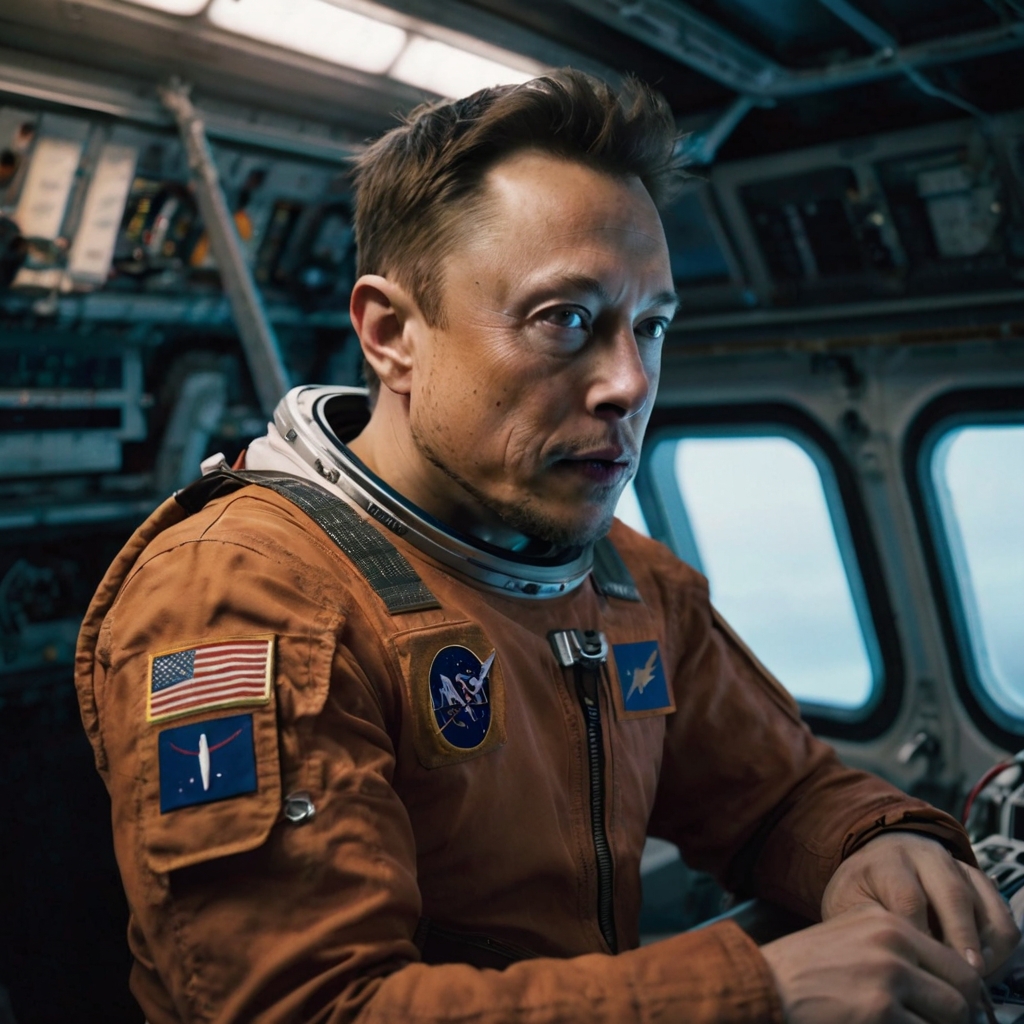

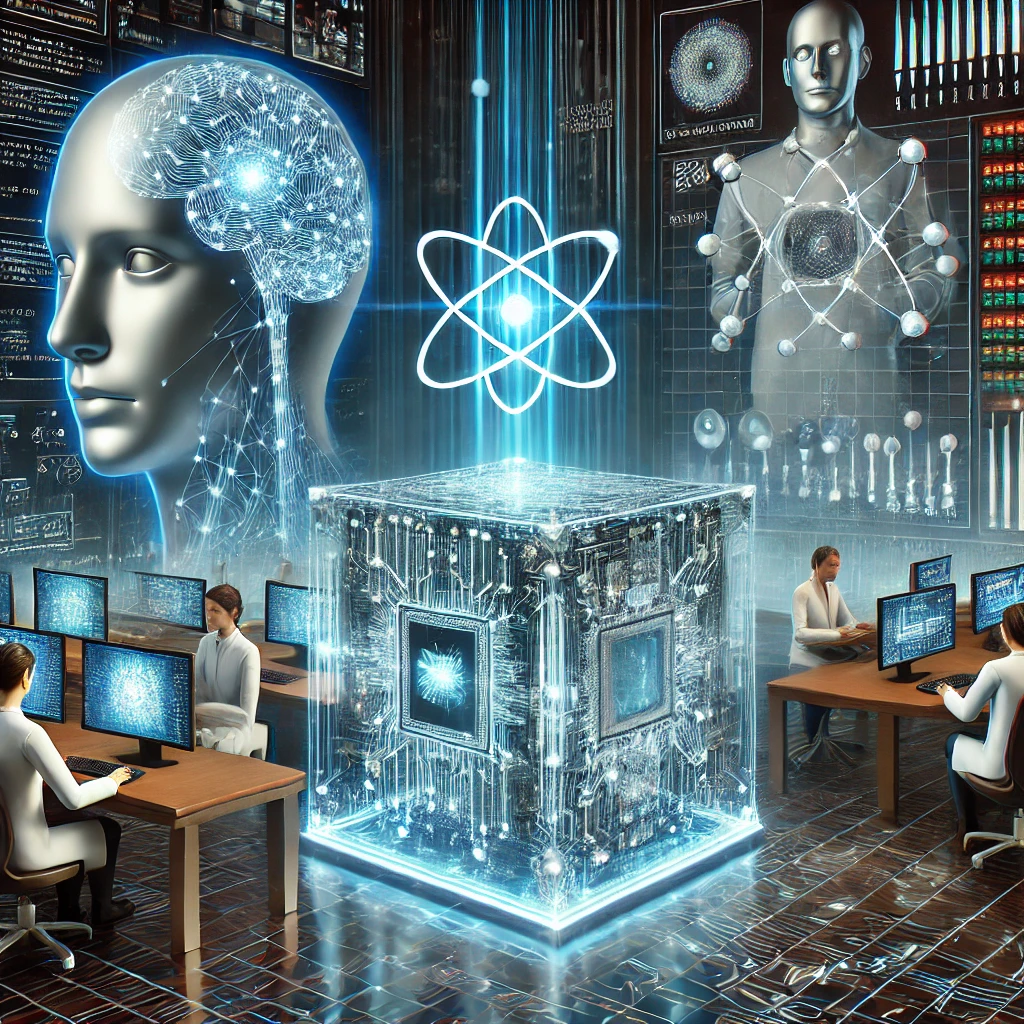
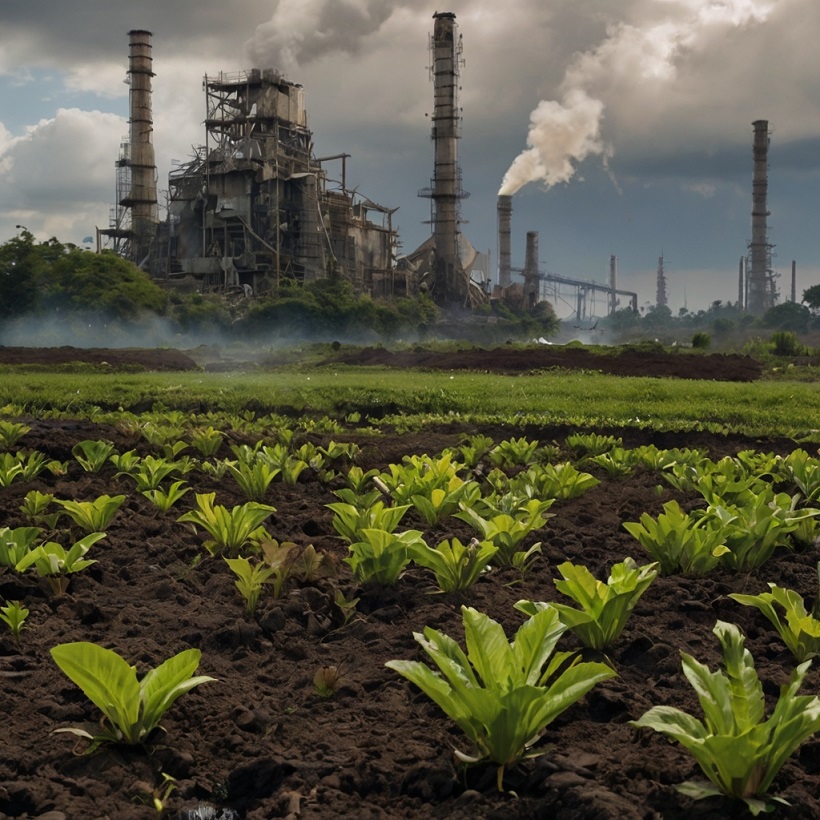


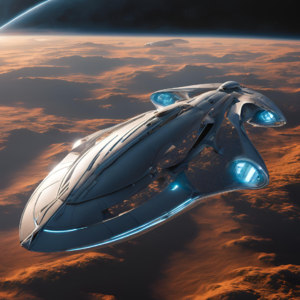




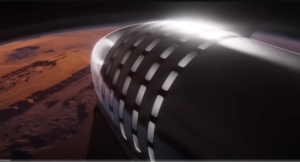


Post Comment